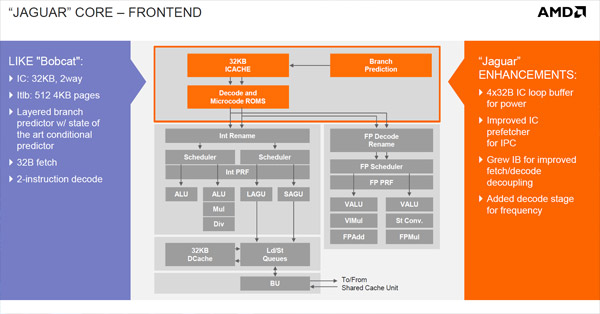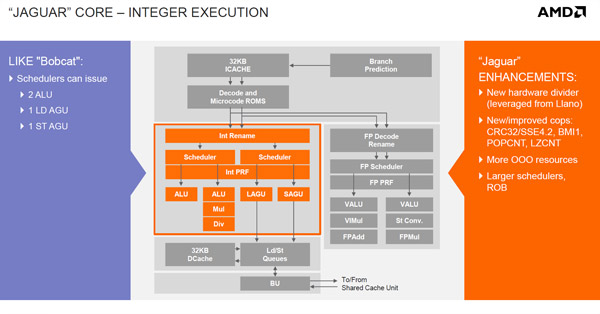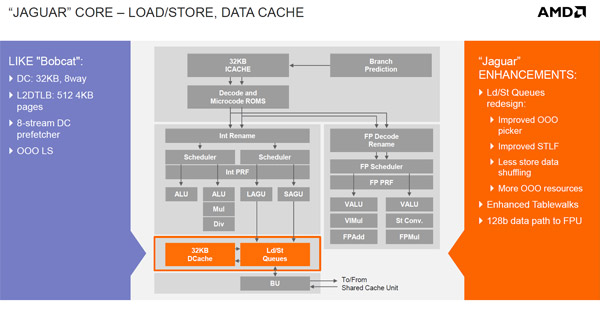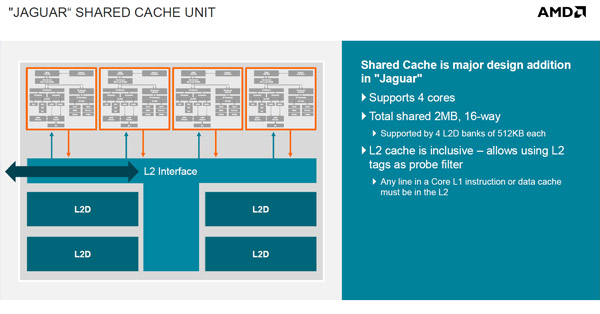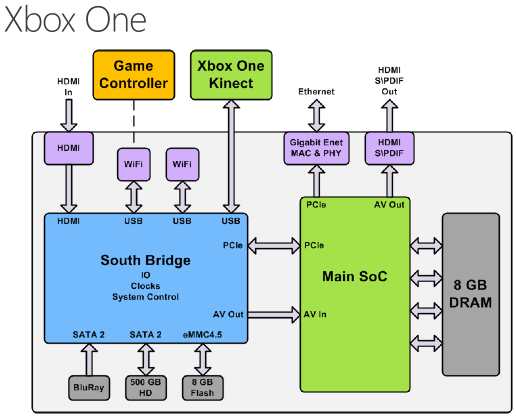Xbox One Review: Unifying Your Living Room Experience
We've been messing with Microsoft's Xbox One for a while now, and it's surprisingly hard to compare against Sony's PS4. Join us as we walk through the hardware, the software, and the console's role quarterbacking your more connected living room.
The Xbox One CPU: Complements Of AMD's Jaguar µArch
A Familiar CPU Architecture
The Xbox One's CPU component brings Microsoft’s architecture of choice back to x86, just like the first-generation Xbox. This time, the company kicked IBM to the curb and opted not to jump into another Intel/Nvidia love triangle. Instead, it put a ring on AMD's finger, tapping the same source for general-purpose and graphics computing IP. At the same time, Sony was courting AMD's semi-custom division as well. Both competitors ended up sharing a bed, but due to NDAs was never caught laying down.
When AMD acquired ATI back in 2006, the company promised integrated graphics paired with x86 resources. It took a while, but we saw the first deeply collaborative effort in AMD's Brazos platform for very low-power devices. While it proved to offer notable advantages over Intel's slow Atom, even the Zacate-based E-350 wasn't a performance powerhouse. Not long after, we were introduced to the Llano-based design, which existed primarily on the desktop between 65 and 100 W. But it was still a far cry from achieving the numbers we wanted to see in any one discipline.
Although even today's Richland-based APUs don't get us where one capable CPU and even mainstream discrete graphics can go, AMD did gain the experience needed to create a modular architecture with right-sized CPU and GPU resources to build more customized processors. And that's exactly what it did for Microsoft's Xbox One.
At the heart of AMD's Temash and Kabini APUs (covered in AMD's Kabini: Jaguar And GCN Come Together In A 15 W APU) is the energy-efficient Jaguar CPU architecture. It's an enhancement of the previous-gen Bobcat design, which powered the aforementioned E-350 and went up against Intel's Atom.
Jaguar maintains many of Bobcat's features, such as some of its cache structures, the ability to decode two instructions, and a similar branch predictor, but adds a number of enhancements covered in our linked launch coverage and summarized in the slides on this page. There's an extra decode stage in the front-end, though this plays a role in achieving higher operating clock rates as well.
In AMD's APU portfolio, Jaguar has access to a shared cache unit with 2 MB of L2 that's 16-way associative in quad-core configurations. The L2 is broken up into 512 KB banks, but no longer associated with each core, as it was before. Both the Xbox One and Sony's PS4 employ eight Jaguar-based cores. But because Jaguar supports four-core arrays, these next-gen consoles actually implement two modules, doubling total L2 to 4 MB.
Compared to what we're used to seeing in the desktop PC space, Jaguar is comparatively simple. Each core occupies 3.1 square millimeters of die space. Even with eight of these on a die, that's only 24.8 square millimeters. It's this efficient design that makes Jaguar viable in such a parallelized SoC, particularly matched up to a much more complex graphics component. Programmed to properly, Microsoft should be capable of great multi-tasking capabilities as the Xbox One runs social media, Skype, and Kinect-oriented tasks with minimal impact on gaming.
Get Tom's Hardware's best news and in-depth reviews, straight to your inbox.
In fact, we recently spent some time on the phone with Johan Andersson of DICE, who mentioned that his team is seeing 85-95% CPU utilization on next-gen consoles by virtue of optimizations for scaling in its Frostbite 3 game engine. It looks like the developer community is really ramping up efforts to more thoroughly program to many cores, which could yield great returns on the PC, too.
Microsoft's first developer kits featured 1.6 GHz x86 cores. For production, frequencies were boosted to 1.75 GHz. Although combining a less potent architecture with fairly conservative clock rates might appear to leave the Xbox One underpowered, there's a lot of emphasis on parallelism. And not only in the CPU structure, but also offloading compute tasks to the graphics engine. This is where AMD's HSA efforts will hopefully bear fruit.
Current page: The Xbox One CPU: Complements Of AMD's Jaguar µArch
Prev Page Power, Internal Storage, And Game Installations Next Page The Xbox One GPU: GCN-Based-
lostgamer_03 Great review, really made reflect over what a gaming machine should be able to do nowadays. A gaming machine isn't just a gaming machine anymore and the Xbox One, even though it might not be as powerful as PS4, is a really attractive product in my perspective.Reply -
Nahkman Reinventing the TV experience only applies to the Americas as the rest of the world does not really care much about ESPN, and also a lot of the functionality is NA only, there was also a rumor that kinect voice commands do not work in a lot of european countries.Reply -
Maziar Great reviewReply
At the time being,IMO PS4 is a better gaming machine;whereas,X1 is a better entertainment system.
PS4 has a more powerful GPU so it should perform better in games and is $100 cheaper too;whereas,X1 tries to do more than just gaming and costs more.
For me,PS4 is a better machine because I only tend to play games on a console but X1 is also a great machine -
de5_Roy 10 pages and.. nothing about xbone(R)'s gaming capability or gaming experience. the review was done well, but seems restricted to media capabilities. the device seems versatile.Reply
some of the ps4 reviews i read had info on gaming as well as media/entertainment. i mean info like how the games look and feel to a player, resolution and user perception, joystick (and other input devices) performance in gaming etc. -
daglesj As a 42 year old that back in 2006 played a lot of games on my console but now mainly uses it for media and streaming with a bit of gaming on the side (I'm sure I'm not the only one) the Xbox One is a more compelling unit than the PS4.Reply
I'm pretty sure MS went over the usage stats of the 360 and found that more and more people were using the media/TV/movie aspects. After all thats where the money is.
MS could sell half as many Xbox Ones as Sony but it will still be making far more per console in subscriptions and services. The money going forward isn't in games.
However, I don't think this generation will be as long lived as the 360/PS4. I see One.5 or PS4.5 models or total replacement within 5 years. -
zzzaac Unfortunately all these nifty things are half working or not working at all for countries other than US of AReply
I might be getting both, but to be honest I might not get any, as I've become more of a PC gamer -
cats_Paw I think im getting old, becouse when i read this i think that the Xbox one is basicly a low end PC with limited usability...Reply
